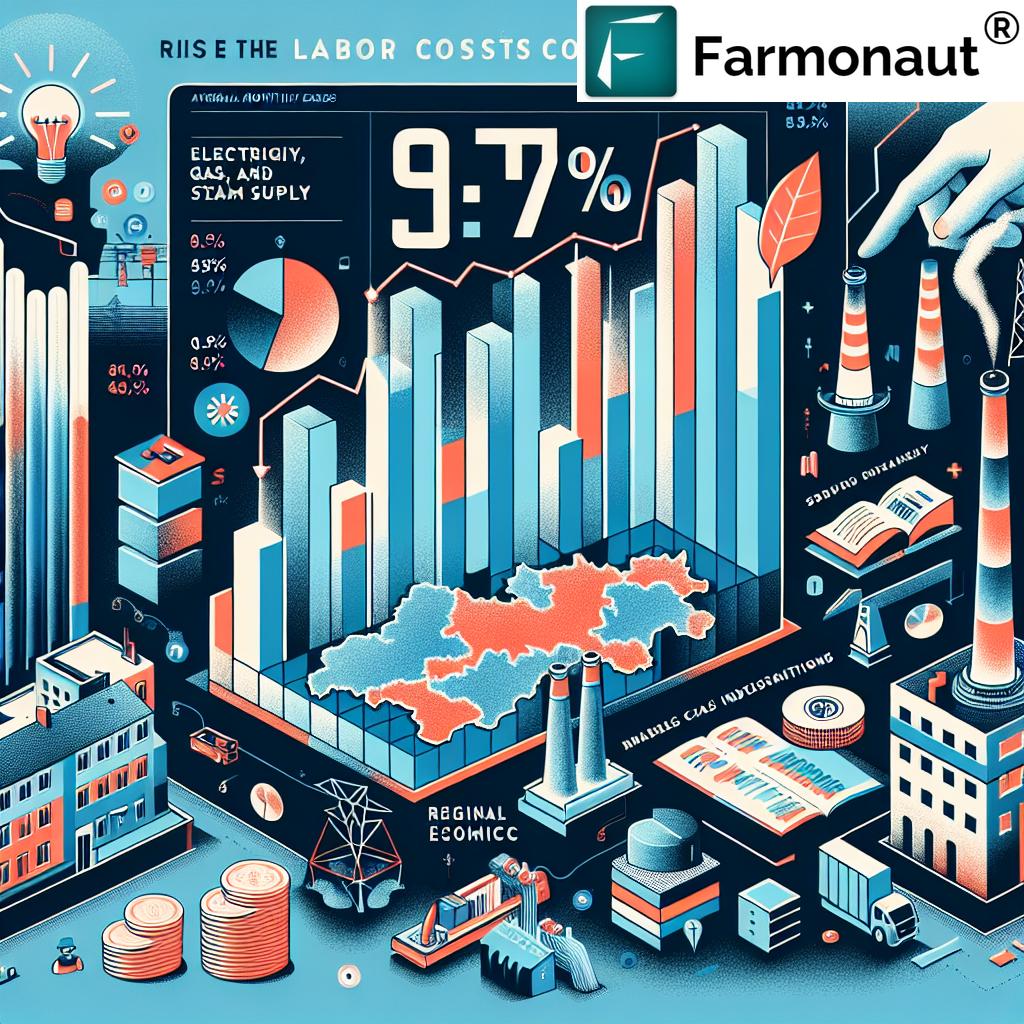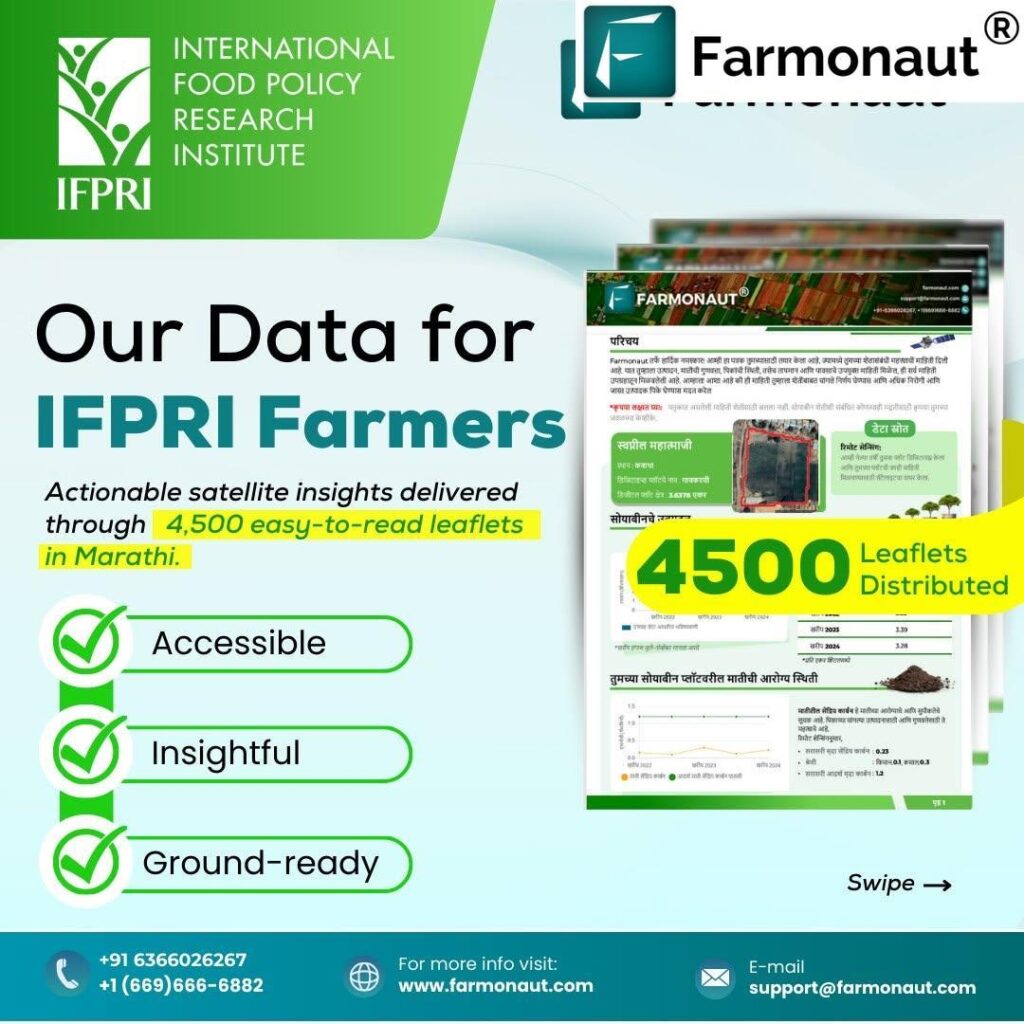Soybeans Surge: Harris Lead Eases Trade War Fears, Boosts Commodity Futures

In a significant turn of events for the US grain markets, soybean prices have surged to a one-week high, marking the fourth consecutive session of gains. This upward trend in soybean futures is being attributed to robust agricultural export demand and a shifting political landscape that has eased concerns over potential trade conflicts.
Harris Lead Sparks Optimism in Commodity Markets
The latest polls showing U.S. Vice President Kamala Harris leading Republican Donald Trump have had a notable impact on commodity futures. A Reuters/Ipsos poll published on Tuesday revealed Harris leading Trump by a 46%-43% margin, reinforcing the view that the upcoming U.S. presidential election on November 5 is extraordinarily tight.
This political development has significant implications for the US-China trade war impact on agriculture. Traders and analysts are interpreting Harris’s lead as a positive sign for international trade relations, particularly with China, the world’s top soybean importer.
- Reduced fears of increased tariffs on Chinese imports
- Lower likelihood of retaliatory measures affecting U.S. agricultural exports
- Improved outlook for long-term trade stability
CBOT Trading Reflects Market Optimism
The Chicago Board of Trade (CBOT) has seen significant activity, with CBOT soybean prices reaching $10.00 a bushel, the highest since October 16. As of 0011 GMT:
- The most-active soybean contract rose 0.2% to $9.99-1/2 a bushel
- Wheat added 0.2% to $5.79-1/2 a bushel
- Corn rose 0.1% to $4.19-1/2 a bushel
These figures underscore the positive sentiment in the market, with commodity fund trading showing net buying of CBOT corn, soybean, and wheat futures contracts on Wednesday.
Record U.S. Harvest Drives Export Premiums
U.S. soybean export premiums have reached their highest levels in 14 months. This surge is driven by grain merchants rushing to ship out a record-large U.S. harvest. The urgency is partly fueled by the approaching U.S. presidential election and lingering concerns about potential trade tensions with China.
Agricultural export demand remains robust, with China being a key player in the market. The current political climate and its potential commodity market election effects are creating a unique scenario for exporters and importers alike.

Global Grain Supply Trends: A Mixed Picture
While the U.S. soybean market is thriving, the global wheat supply situation presents a more complex picture. Russia, the world’s largest wheat exporter, has been making efforts to regulate its grain trade. These actions have put some pressure on wheat prices globally.
In a significant development, Russia has proposed the creation of a BRICS grain exchange. This initiative, involving Brazil, Russia, India, China, and South Africa, could potentially reshape global commodity trading patterns.
- Proposed exchange to initially focus on grain trading
- Potential expansion to include oil, gas, and metals
- Implications for global commodity market structures
For more insights on global agricultural trends and satellite-based crop monitoring, check out the Farmonaut web app.
Weather Impacts: Argentina’s Agricultural Rebound
The crop weather in Argentina has taken a positive turn, providing a significant boost to the farming sector. After a prolonged period of drought, strong rains this week have “turned the game around” for corn and wheat farmers who were previously facing deep losses.
The Rosario grains exchange reported on Wednesday that these favorable weather conditions have dramatically improved the outlook for Argentine agriculture. This development could have far-reaching effects on global grain supply trends, potentially influencing prices and trade flows in the coming months.
Looking Ahead: Market Factors to Watch
As we move closer to the U.S. presidential election, several key factors will continue to influence commodity futures and agricultural exports:
- Ongoing developments in U.S.-China trade relations
- Weather patterns in major agricultural regions
- Implementation and impact of the proposed BRICS grain exchange
- Global economic recovery and its effect on commodity demand
For real-time updates on agricultural conditions, consider using the Farmonaut Satellite API for accurate crop monitoring data.
Conclusion: A Dynamic Agricultural Landscape
The surge in soybean futures, coupled with the evolving political landscape in the United States, paints a picture of a dynamic and responsive agricultural commodity market. As global trade relations, weather patterns, and technological innovations continue to shape the industry, stakeholders must remain vigilant and adaptable.
The coming weeks will be crucial in determining the long-term trajectory of soybean prices and broader agricultural markets. With the U.S. presidential election on the horizon and ongoing global economic challenges, the agricultural sector stands at a pivotal juncture.
Stay informed about these developments with Farmonaut’s comprehensive agricultural monitoring solutions:
For developers interested in integrating agricultural data into their applications, explore the Farmonaut API Developer Docs.
As the agricultural world continues to evolve, staying informed and leveraging cutting-edge technologies will be key to navigating the challenges and opportunities that lie ahead in the global grain markets.















